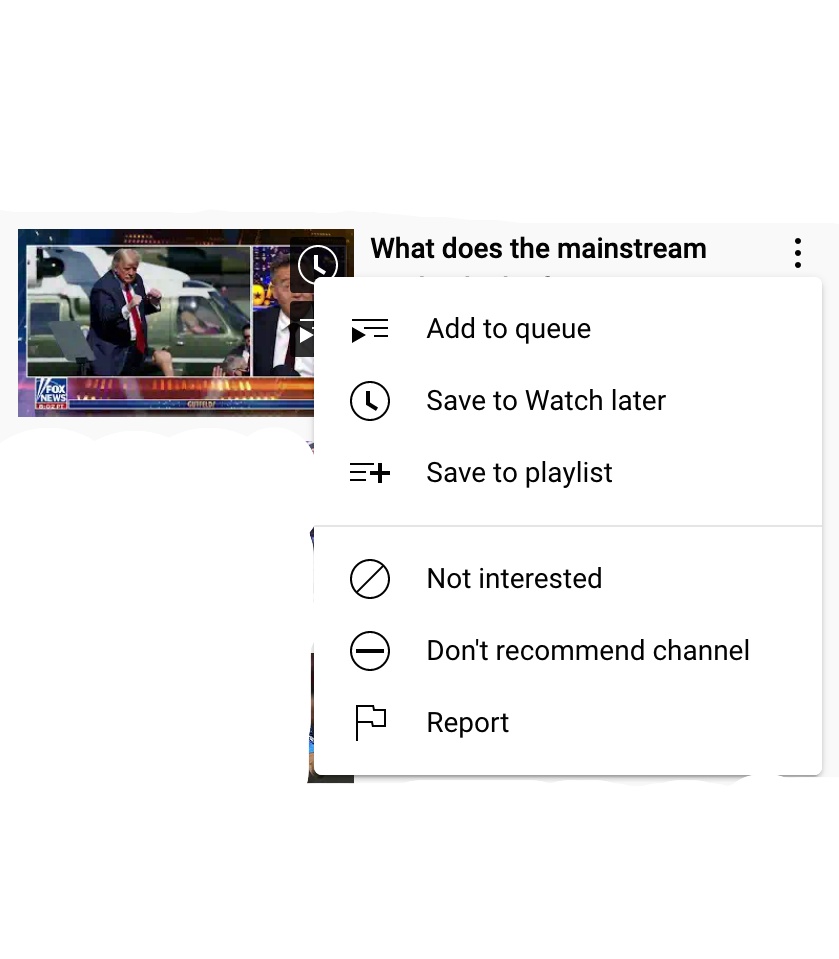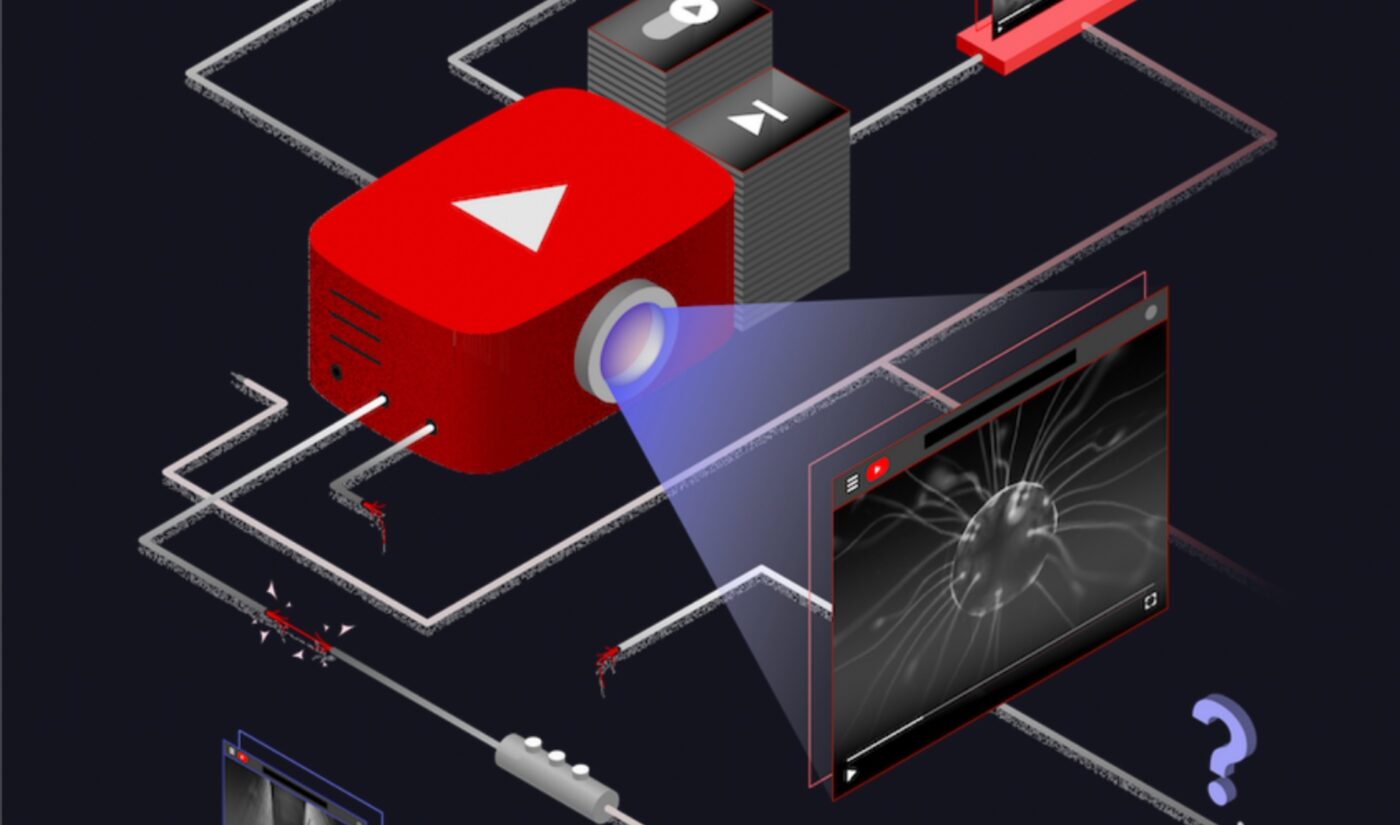Though YouTube stopped publicly displaying dislikes last year, the thumbs-down icon still plays a role in the platform’s operations. By disliking videos, viewers can indicate that they don’t want similar content to be recommended to them in the future.
According to Mozilla, however, that effect may not be as strong as you think. The company known for developing the Firefox web browser conducted a study in which it tested YouTube’s algorithm. The results suggest that “bad recommendations” keep resurfacing on YouTube, and pressing the dislike button rarely keeps those videos away for good.
Mozilla’s study included a sample of 22,722 people, who installed a browser extension called RegretsReporter in order to track their YouTube activity. Those participants collectively analyzed more than 567.8 million videos to search for bad recommendations, which Mozilla defines as “videos [recommended] to users that are similar to a video they had previously rejected.” To decide what qualifies as “similar,” Mozilla relied “on assessments by our research assistants and our machine learning video similarity model.”

Subscribe for daily Tubefilter Top Stories
 Once bad recommendations were identified, Mozilla studied YouTube’s disapproval tools to see if any of them could stop those videos from showing up. 39% of participants in the control group received bad recommendations. Disliking a recommended video or choosing the “not interested” option from a drop-down menu didn’t shift that percentage very much; in both cases, bad recommendations recurred 35% of the time.
Once bad recommendations were identified, Mozilla studied YouTube’s disapproval tools to see if any of them could stop those videos from showing up. 39% of participants in the control group received bad recommendations. Disliking a recommended video or choosing the “not interested” option from a drop-down menu didn’t shift that percentage very much; in both cases, bad recommendations recurred 35% of the time.
Users who removed unwanted videos from their watch history got their bad recommendation rate down to 28%, but the most effective means of culling those videos (according to Mozilla) is to select “don’t recommend channel” from the drop-down menu. In that case, the bad rec rate fell to 22%.
On the whole, Mozilla argues that YouTube is not providing its users with the tools they need to properly filter their recommendations. “Maybe we should actually respect human autonomy and dignity here, and listen to what people are telling us, instead of just stuffing down their throat whatever we think they’re going to eat,” Mozilla researcher Jesse McCrosky told The New York Times.
McCrosky’s bold comments aside, there are some caveats that apply to Mozilla’s research. Participants had to download RegretsReporter, so the resulting sample is not necessarily representative. Also, since Firefox competes directly with Google’s Chrome browser, Mozilla’s criticism of YouTube could serve its own business.
YouTube countered the study by arguing that it “doesn’t take into account how our systems actually work,” as YouTube spokesperson Elena Hernandez told the Times. In reality, the data fueling the recommendation algorithm is far more complex than likes and dislikes. YouTube considers a multitude of factors when choosing which videos to display to users.
In spite of those intricacies, YouTube can adjust their viewing behaviors if they want a new set of algorithmic recommendations. If you want to learn how to do that, you can start by watching this video:








